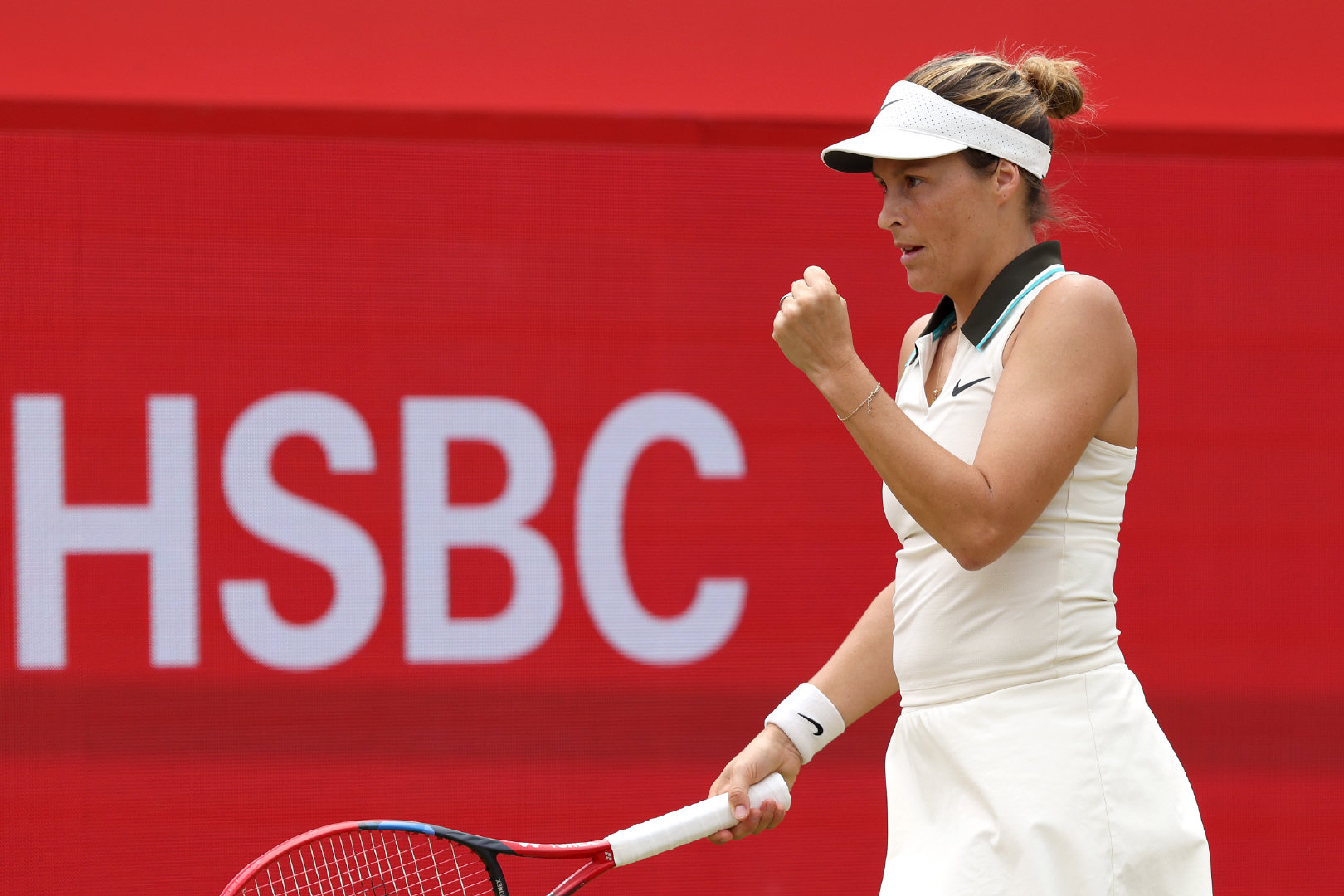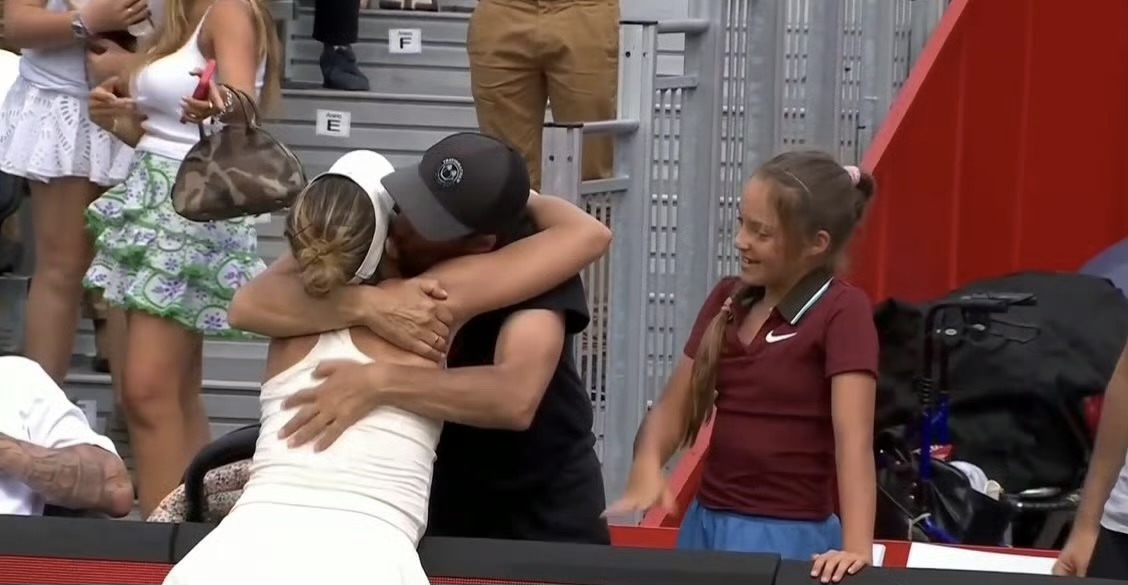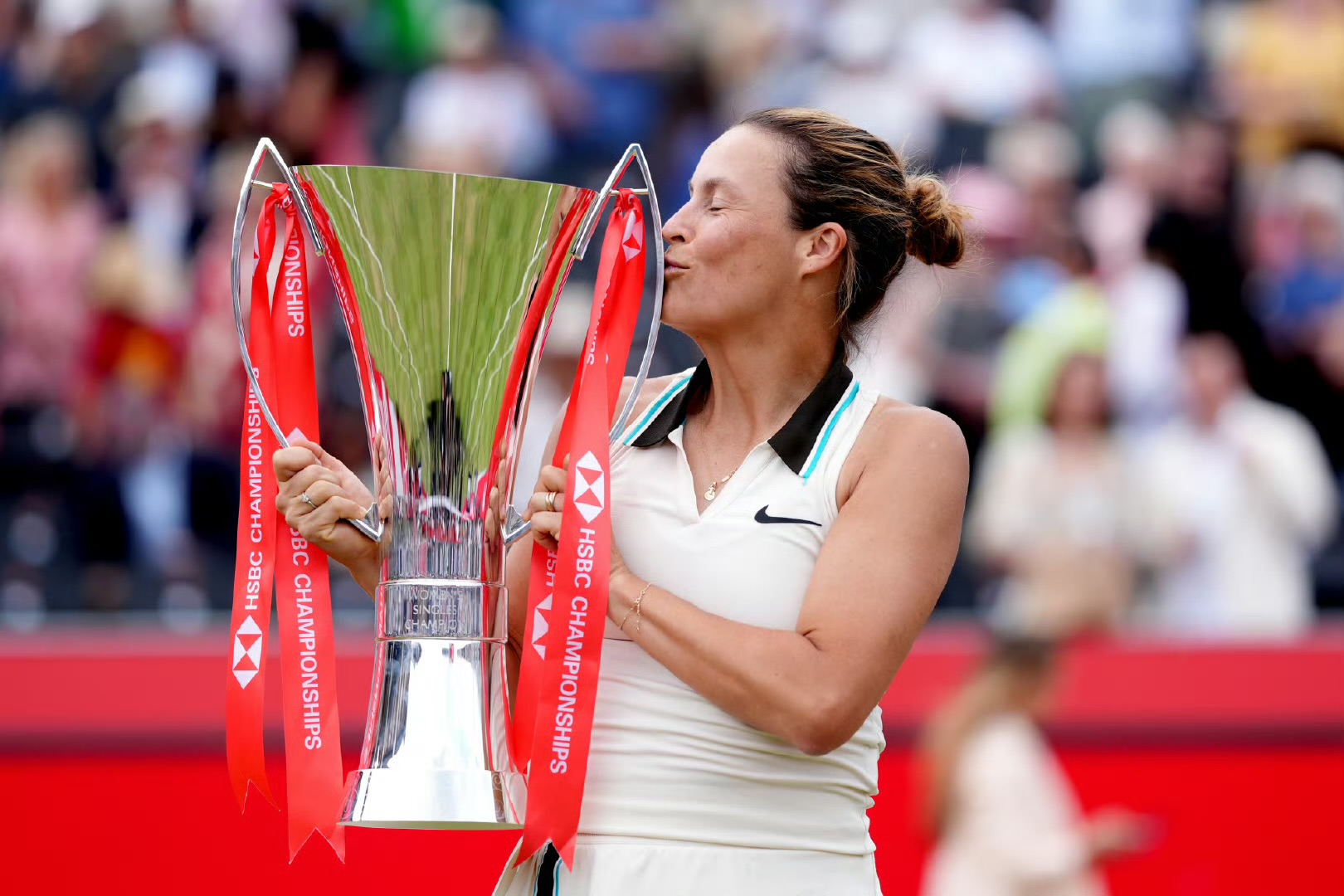37-year-old counterattack: Maria used an old knife to split the iron wall of modern tennis
As 37-year-old Tatyana Maria lifted the 2025 Queen's Cup, Andy Murray's wet grass clippings stuck to the soles of her tennis shoes and her two daughters screamed and cheered in the players' box. The German veteran, who came out of qualifying, used a chipping racket known as "outdated" to crack a crack in the modern world of tennis, which is rife with violent shots. This is not a simple inspirational story, but a profound inquiry into the essence of tennis – when the whole sport is all about going faster, stronger, and younger, Maria proves that wisdom and perseverance can weave legends just as well.

Maria's style of play can be called a "heresy" on the tennis court. While the average serve speed in women's tennis is rising year by year, her chipping ball glides eerily over the turf at speeds below 80 miles per hour. This technique, which is regarded as an "amateur style of play" by professional coaches, has left the four top 15 players, including Rybakina and Case, helpless. Her stats paint a ridiculous picture: 21 fewer winning points than her opponents and a third of her opponents' unforced errors. This reveals a truth that has been forgotten in modern tennis: victory is not determined by how strong you play, but by how uncomfortable you make your opponent play.

Professional tennis is going through a "youth storm". According to the latest WTA data, the average age of the top 100 players has dropped to 24.3 years, and the number of junior players has increased by 47% in five years. In this ecosystem that worships youth and energy, Maria's persistence borders on tragedy. She travels to major tournaments with her two daughters, finding a balance between diapers and rackets. The fragmentation of training time unexpectedly created a unique rhythm – her cuts required her opponents to bend over and bend their knees, a "physical torture" that destroys the patience of young players more than any powerful serve. While the 22-year-old was out of breath after a long shoot, Maria's breathing remained steady and normal, a mother's characteristic endurance.

Maria's cutting is not a simple defense. By changing the angle of the face, she is able to create a variety of rotational variations, and every square centimeter of turf becomes her complicity. Professional ball speed tracking shows that her backhand cut hits the ground with an average bounce height 17 centimetres lower than the standard shot, just below the comfort zone of today's power players. This kind of "centimeter-level precision" technique requires 20 years of skill precipitation, which is exactly what young players who pursue quick progress lack the most. In the final, her deliberate slowing down drew boos from the crowd but allowed her opponent's muscles to cool as they waited – a textbook form of psychological warfare that used time as a weapon.

The technical homogenization of women's tennis has been going on for a decade. In the 2024 WTA season, 85% of the points scored came from baseline matchups, and the net penetration rate fell to a record low of 4.2%. Maria's victory was like a pebble thrown at this backwater: she averaged 23 times per game. This retro style of play activates the multi-dimensional space of the grass, leaving opponents accustomed to linear counter-bombardment at a loss. AI simulations from a sports data company show that if Maria's technology is transplanted to the 1990s, the effect is only moderate, but in the power tennis environment of 2025, this "time and space misalignment" will work wonders.

Maria always has fairy tale books in her backpack, and the post-race press conference often turns into a parenting experience sharing session. This identity as a "mother player" reshapes the cultural imagination of professional tennis. WTA President Simon once admitted: "We have designed a well-established childcare system, but less than 3% of the top players actually use it. "Maria has proved first-hand that parenting is not a career barrier, but another form of concentration training, and motherhood gives her the peace that transcends victory and defeat.

The trophy glowed bronze in the twilight, and Maria gently pressed her cheek against the cup as if to soothe a baby. The 37-year-old stood on the podium with the setting sun setting on the horizon behind her and new possibilities cut open by her racket. In this world of sports, which pursues "faster, higher, stronger", Maria proves in the softest way: tennis is not only a game of muscles, but also the art of time. As the last chipping ball rolled over the net, it dawned on us that it might not be the players who were really getting old, but the stereotypes themselves that thought it was time to retire at the age of 37.(Source: Tennis Home Author: Mei)







 Links
Links
 Contact
Contact
 App
App


